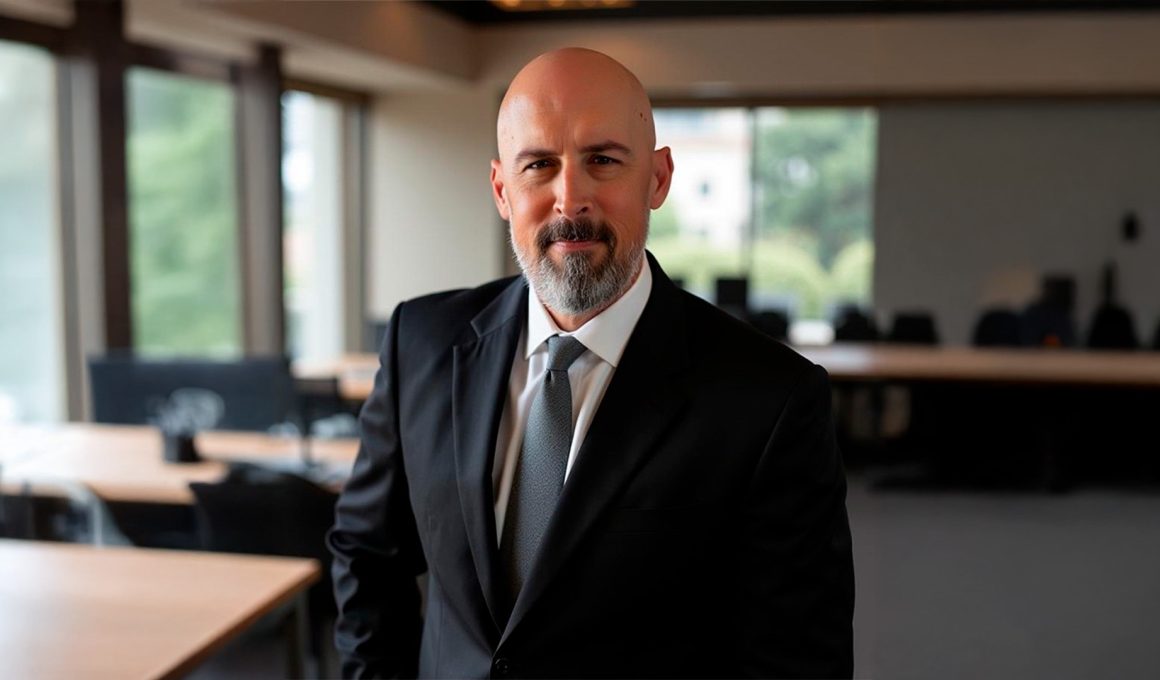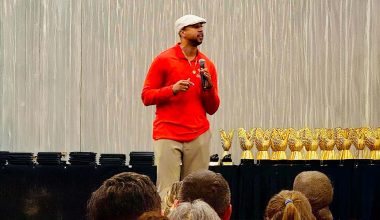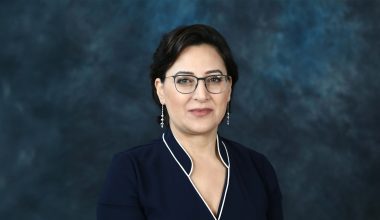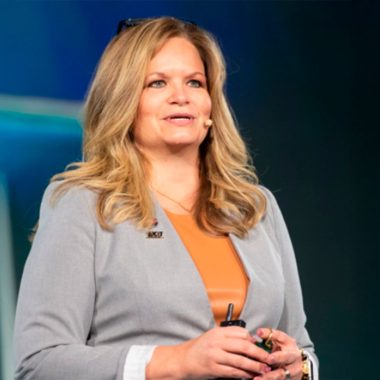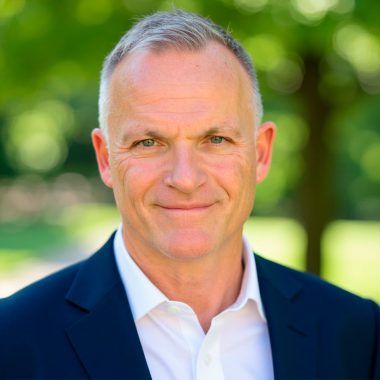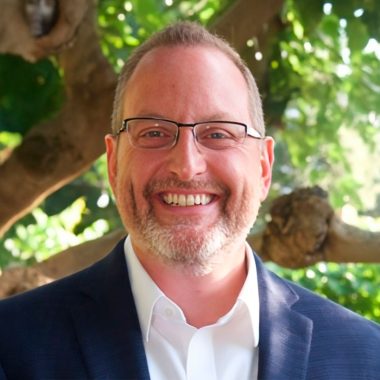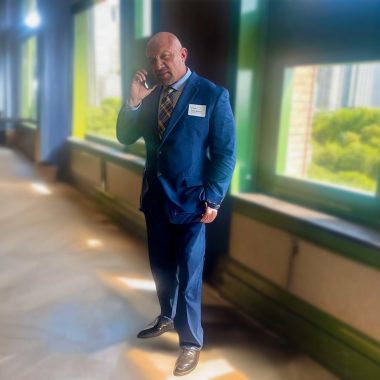The defense technology sector faces a stubborn challenge. Promising innovations often stall between receiving government funding and achieving real-world deployment, a gap experts call “the valley of death.” Many breakthrough technologies never make it across. William Michael Hadala Jr. has spent more than three decades finding ways to bridge that gap, transforming military-grade innovations into commercially viable products that can serve both defense and civilian markets.
Building the Foundation of Modern Communications
Hadala’s path to defense technology began in an unexpected place: building the early Internet infrastructure in the 1990s. After leaving the Air Force, he joined teams creating the backbone of what would become the connected world. “This was before YouTube and websites. We were building cyber networks and all the infrastructure on top of it,” he recalls. His career moved through telecommunications and energy before leading him to American Lithium Energy, where he had his first deep exposure to defense work. The company was developing lithium-ion batteries for military applications, and Hadala quickly grasped the larger significance. “I realized that whoever controls the energy around the batteries in a wireless world essentially builds the next generation of platforms, whether on land, at sea, in the air or in space.”
Working directly with the Department of Defense and international allies gave him a front-row view of how civilian technologies could reshape military capabilities and how military innovations could benefit the civilian sector. That experience became the foundation for his approach to dual-use technology commercialization.
Translating Complex Tech for Leaders
Most engineers struggle to explain their work to business executives. Hadala turned this challenge into his competitive advantage. “I know just enough about everything to be dangerous, enough to be the smartest guy in the room, and can communicate at a kindergarten level to the C-suite,” he says. That skill was honed through years in high-end B2B marketing, where he had to sell complex technology solutions to executives who understood business but not necessarily the technical details. “These are the people writing the checks,” he points out. “I have been in that C-suite board environment from early in my career.” The ability to translate technical complexity into clear business value has opened doors throughout his career. Whether explaining network infrastructure to telecommunications executives or battery technology to defense contractors, Hadala has built his reputation on making the complicated seem simple.
Leading by Working Alongside Teams
Hadala’s leadership style has roots in an unlikely place: restaurant management during his college years. Even as a manager, he worked side by side with his staff, cleaning drains and scrubbing baseboards. That experience shaped his entire approach to leadership. “I do not care if you are the CEO or the janitor, there is nothing I will not do that I am asking you to do,” he says. This servant leadership philosophy carries into his work in technology commercialization. He stays close to frontline workers and operational details, believing that executives who remain in “ivory towers” miss vital information. “I am always listening to the voice of both the lower and higher ranks,” he explains. “That position of leadership puts me into the know, it puts me in a position of trust.”
In the defense technology world, government funding tends to follow a predictable path. Companies may receive a few hundred thousand dollars for phase one development, followed by a couple of million for phase two. The real challenge comes next. “There is this valley of death. And the question becomes: how do I commercialize this, how do I bring this back?” Hadala says.
Too often, companies focus solely on meeting government requirements and overlook broader market potential. He uses directed energy systems as an example. While laser and microwave weapons have clear military applications, the underlying battery technology could power civilian innovations such as electric vertical takeoff and landing aircraft. “The dual use that people fail to see is applications such as eVTOL,” he notes. For Hadala, success depends on looking beyond the immediate military purpose to identify mass market opportunities. “Always recognize the mass market you can go after with this product. But give the military the defense that they need and the two will somewhat align,” he advises.
Connecting Innovators with Industry Giants
The biggest obstacle Hadala sees is the disconnect between large defense contractors and smaller, innovative companies. Traditional players such as Lockheed Martin and Northrop Grumman control much of the defense contracting space, making it difficult for smaller firms to gain traction. “If you do not have a relationship with a Lockheed or Northrop, I am somewhat screwed,” he admits. The solution, he believes, lies in building better bridges between established companies and emerging technologies. “There needs to be more people who take an active interest in identifying the technology and bridging it to where it needs to go,” Hadala says. “You may have the best technology in the world, but if you do not know how to commercialize it and get it to market, you are going to die.”
Looking ahead, Hadala sees major shifts as the energy and telecommunications sectors converge. With 6G networks enabling constant connectivity and Internet of Things sensors demanding distributed power, the boundaries between these industries are fading. “The utilities have always been the telecom because without electricity you have nothing,” he observes.
Artificial intelligence will accelerate this transformation, and while he recognizes its risks, he remains optimistic about its potential. “AI is the greatest gift that we have created as humanity,” he says. “It can be our greatest gift and our greatest enemy.” His book The Conversations of Charlie examines how AI can be developed with moral foundations that serve humanity’s long-term interests. For defense technology companies struggling with commercialization, Hadala’s advice is direct: think beyond the immediate military application and build bridges to civilian markets. Those that master this dual-use approach will be the ones to survive and thrive in the rapidly changing landscape ahead.
Connect with William Michael Hadala Jr. on LinkedIn to explore dual-use tech strategies.
